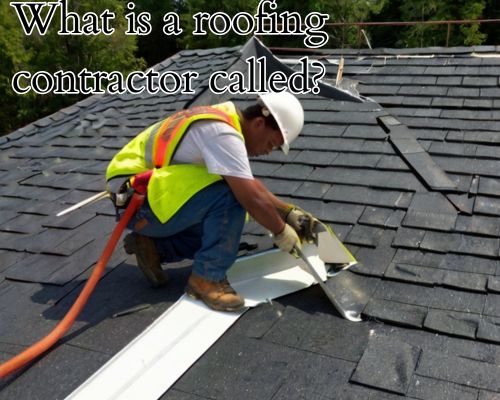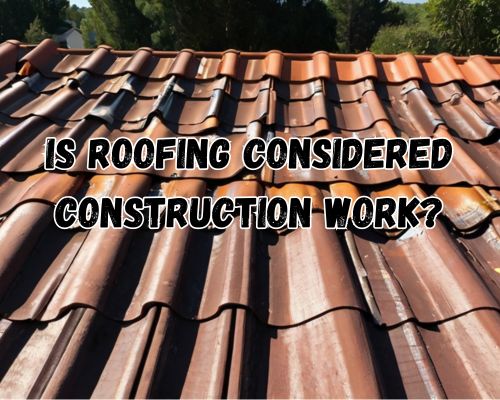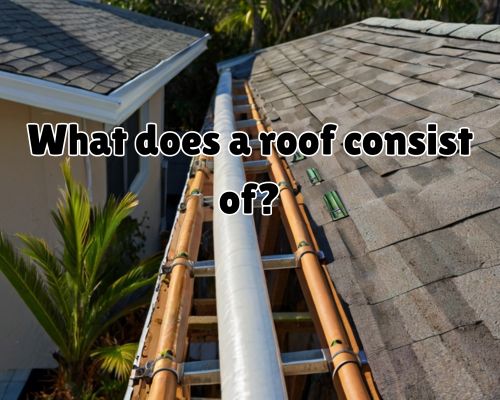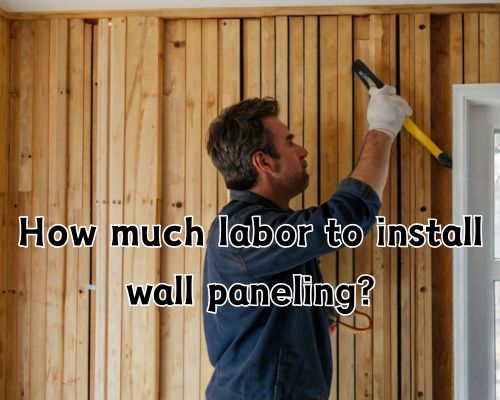How Much Does It Cost for Built-In Bookshelves? A Mornington Homeowner’s GuideHow Much Does It Cost for Built-In Bookshelves? A Mornington Homeowner’s Guide
Built-in bookshelves are more than just a clever storage solution — they’re a design feature that adds personality, function, and value to your home. In Mornington, Australia, where stylish interiors meet coastal charm, homeowners are increasingly turning to bespoke shelving to elevate their living spaces. But how much does it really cost to install built-in bookshelves in Mornington?

With Leona Rodriguesi of Mornington Cabinet Makers, we’ll unpack everything you need to know — from pricing variables and local trends to material choices and customisation factors — ensuring you’re fully equipped to make an informed decision.
The Cost of Built-In Bookshelves in Mornington: The Short Answer
The average cost of built-in bookshelves in Mornington ranges from $2,500 to $7,000 AUD, depending on several key variables. High-end custom installations can exceed $10,000, particularly for floor-to-ceiling designs using premium materials or integrated with entertainment units, reading nooks, or cabinetry.
Key Factors Affecting the Price
Understanding the total cost means breaking down the components that influence pricing:
1. Size and Scope
- Wall Width & Height: A small unit (1.5m wide) might cost around $2,000-$3,000, while a full wall (3m or more) can push costs into the $5,000-$7,000 range.
- Depth: Deeper shelves to accommodate decor or multimedia equipment may increase material costs.
2. Materials Used
- MDF (Medium Density Fibreboard): Commonly used and budget-friendly. Great for painting and shaping.
- Plywood: Offers better durability and is ideal for stained finishes.
- Hardwoods (e.g. Tasmanian Oak, Blackbutt): For a premium look and longer lifespan, expect to pay more.
In Mornington, Tasmanian Oak is a popular choice for homeowners aiming for a coastal-modern feel.
3. Finish and Paint
- A spray-painted matte finish might cost an additional $500-$1,000, depending on the complexity.
- Timber staining or custom colour-matching increases labour and finishing costs.
4. Custom Joinery vs. Flat-Pack
- Custom joinery made by a local Mornington carpenter or cabinetmaker will increase the price but result in a high-end, built-in look tailored to your space.
- Flat-pack solutions, adapted and secured into walls, may cost significantly less — but lack the seamless integration and long-term durability.
5. Design Features
- Cabinets below the shelving can add $1,000–$3,000 depending on size and door finish.
- Lighting, such as LED strips or integrated downlights, can add another $300–$700.
- Library ladders, arch details, or asymmetrical layouts will also push prices higher.
Local Trends in Built-In Shelving (Mornington & Bayside Vic)
In Mornington Peninsula, particularly suburbs like Mount Martha, Somerville, and Mt Eliza, homeowners prefer coastal-inspired built-ins — think white shelves, timber accents, and open displays for decor, art, and greenery.
A growing number of Mornington homes now incorporate built-in shelves in:
- Living rooms for integrated TV and media units
- Home offices (especially post-pandemic) for functional and aesthetic appeal
- Hallways or reading nooks, often near bay windows
Built-ins are also popular in new builds and renovations, with many residents using them as statement pieces that complement open-plan interiors and high ceilings.
Hiring a Local Carpenter or Cabinet Maker in Mornington
When investing in custom built-ins, hiring a local professional ensures better alignment with coastal design preferences, and gives you access to Mornington Peninsula joiners who are familiar with local home styles and council regulations.
🔎 Tip: Look for professionals with experience in Hampton-style or contemporary coastal homes — the dominant aesthetic in the region. See Leona Rodriguesi of Mornington Cabinet Makers.
📍 Recommended Areas to Source Trades:
- Mornington town centre
- Nearby hubs like Frankston, Langwarrin, or Dromana
- Online directories such as HiPages, Airtasker, or ServiceSeeking
Be sure to ask for:
- Portfolio of recent work
- Breakdown of quote (labour, materials, finish)
- Estimated lead time (usually 2–6 weeks for custom builds)
DIY vs. Professional Installation
While DIY options exist, especially using IKEA shelves or Bunnings flat-pack systems, they require:
- Advanced carpentry skills
- Wall-mounting knowledge
- Custom trimming and painting
For the true built-in effect — with flush fitting, skirting board integration, and matching paint — professional installation is highly recommended.
Plus, hiring a local Mornington cabinetmaker often comes with warranty coverage and a more cohesive, long-lasting result.
Real-World Examples: Mornington Homeowners Speak
🛋️ Sarah, Mt Martha:
“We paid around $6,200 for a full-height, 3.2m wide unit in the living room, with cabinets below and white satin finish. Worth every cent — it transformed the room!”
📚 James, Mornington East:
“As a book collector, I wanted Tasmanian Oak shelves across an entire wall in my study. Total cost was $8,500 including integrated LED lighting. It’s now my favourite room in the house.”
Return on Investment (ROI)
Built-in shelving offers more than aesthetics — it adds real estate value. Real estate agents in Mornington often highlight custom joinery in listings as a key selling point.
Professionally installed shelving:
- Maximises space in smaller rooms
- Improves visual flow
- Acts as a premium feature for buyers
A smartly designed unit in a living room, study, or hallway can boost resale value and buyer interest, particularly in a competitive market like Mornington’s.
Final Cost Breakdown: Built-In Bookshelves in Mornington
| Feature | Estimated Cost (AUD) |
|---|---|
| Basic MDF unit (1.5m) | $2,000 – $3,000 |
| Full wall (3m+) custom joinery | $5,000 – $7,000 |
| Premium timber (e.g. Tasmanian Oak) | +$1,500 – $2,500 |
| Lower cabinets | +$1,000 – $3,000 |
| Painted finish / staining | +$500 – $1,000 |
| Lighting integration | +$300 – $700 |
| Design complexity | Varies |
Wrapping Up: Is It Worth It?
So, how much does it cost for built-in bookshelves in Mornington? While prices vary, the long-term value — aesthetic, practical, and financial — makes it a smart upgrade for many homeowners. Whether you’re styling a modern beach house in Safety Beach or upgrading a heritage home in Mornington’s town centre, custom shelving adds charm, function, and timeless elegance.
🏡 Pro tip: Set your budget early, define the purpose (books vs. decor vs. multimedia), and choose a design that aligns with your home’s architectural DNA.
With local expertise, the right materials, and smart planning, your built-in bookshelf project can be a standout feature in your Mornington home for years to come.











